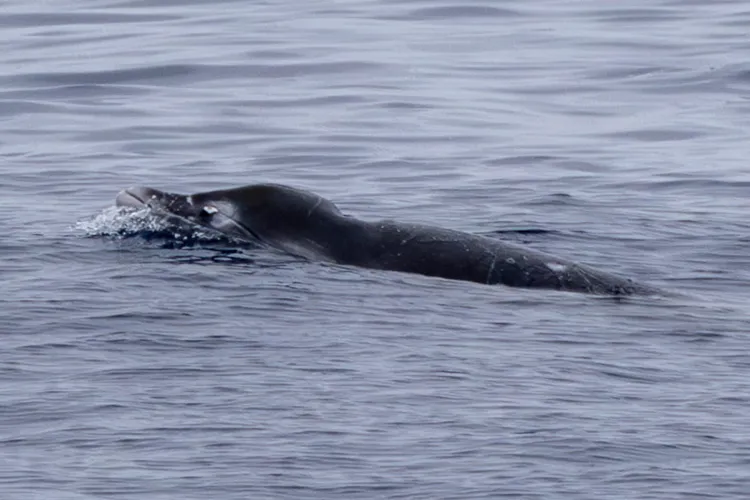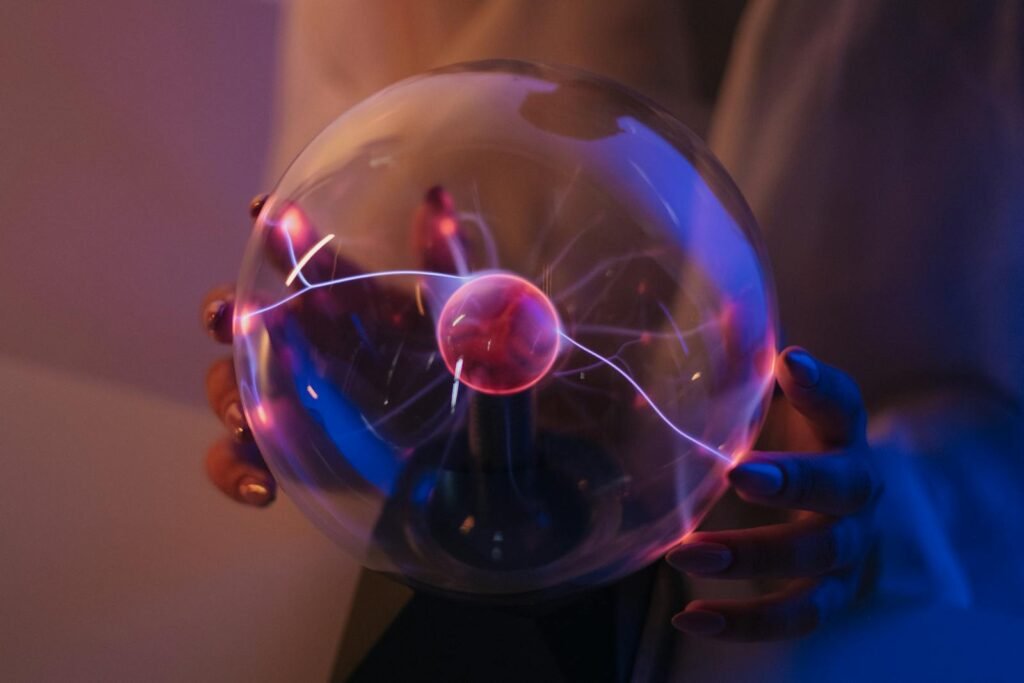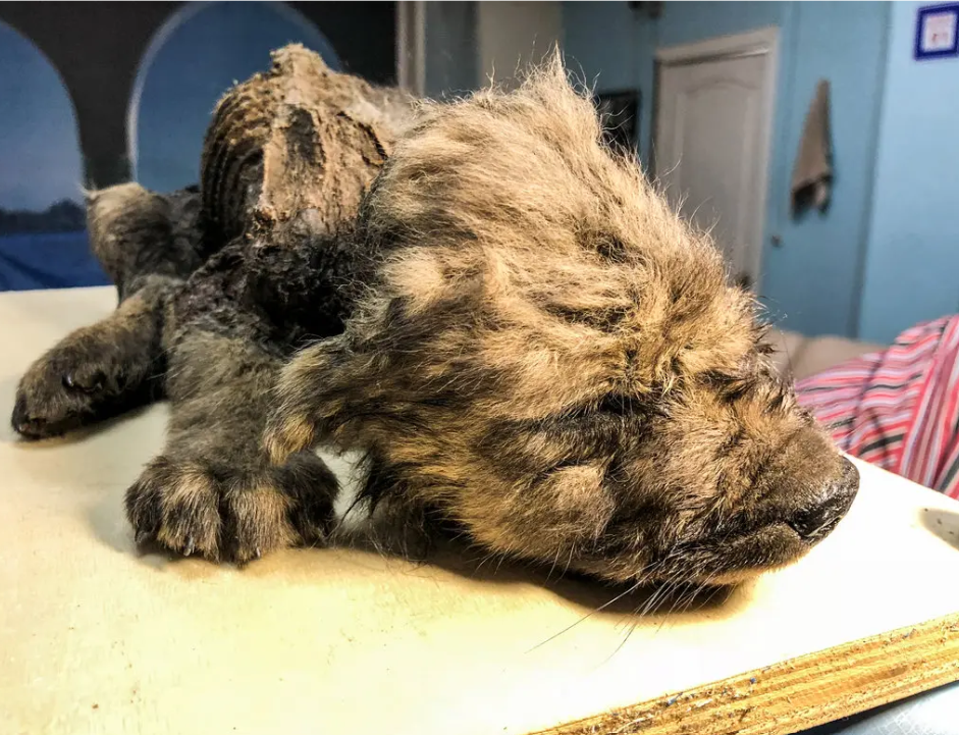Scientists Capture First Photos of Living Ginkgo-Toothed Beaked Whales
In June 2024, researchers aboard the R/V Pacific Storm near the coast of Baja California, Mexico, experienced a milestone in marine science: the first confirmed photographs of the elusive ginkgo‑toothed beaked whale (Mesoplodon ginkgodens) living in its natural habitat. Until this expedition, the species had only been documented as stranded carcasses — making this moment ...













